What To Make Of California's New Advice On Cellphones And Radiation
People have long been concerned about radiation from cellphones, but none of the research has persuasively or credibly made the case that the low levels of radiation emitted from personal electronic devices pose a threat to human health.
Still, public health authorities made the decision to offer advice to those who are concerned about potential dangers.
The U.S. Centers for Disease Control and Prevention released a guide on the issue in 2014, saying that for now there is no scientific evidence to link health problems to cellphones. Connecticut did the same in 2015. The latest public health department to do so, the California Department of Public Health, released a document on Wednesday called, “How to Reduce Exposure to Radiofrequency Energy from Cell Phones.”
The problem: The California agency never meant for the document to be a public warning of any kind.
“This is not a warning. This isn’t an alert. This is a response to concerns that have been expressed to us, over and over again, by the general public,” said Dr. Karen Smith, director of the California Department of Public Health. “Our response is, if you have a concern, here are some very practical things you can do.”
In fact, a previous version of the document had been released after a court order ― not because California’s public health officials thought that people should be warned about risks.
Joel Moskowitz, director of the Center for Family and Community Health at the University of California, Berkeley, wanted to see the guidance on cellphone use that the state agency had been working on since 2009. Earlier this year, a judge ordered the state to release the document, as well as previous versions, to the public. This week’s guidance is an updated version of the documents the public health department released under pressure.
Smith told HuffPost that the agency had been working on a draft on cellphone use but decided to spike it when the CDC released its guidance in 2014, making their work “redundant.”
“At that point, we shelved the idea of needing to put out guidance while we continued to study the science and waiting to see if anything new evolved,” Smith said. “But the fact that we did not issue that guidance at that time was seen by other people as having some other motivation, like there was something we were trying to hide. That wasn’t the case.”
When people express worry about the radiation that cellphones give off, they’re mostly concerned about its possible link to tumors and cancer. So far, most population-based studies in thousands of people over several years don’t show that more cellphone use leads to more brain tumors, although a study in Sweden did find that people who had used a mobile phone for over 25 years had threefold higher odds of developing brain cancer. However, the American Cancer Society notes that this Swedish study is not definitive, as most other studies have not come to the same conclusions, and Sweden did not experience a rise in the rate of brain tumors over the course of the research.
The most alarming study to date, conducted by the National Institutes of Health’s National Toxicology Program, has found that rats exposed to low levels of radiation for nine hours a day, over the course of their two-year lifetimes, had a higher risk of brain and heart tumors. However, it’s unclear what, if any, application this may have for human beings. There are also several caveats to the study that should give people pause about its significance, like the fact that only male rats got the tumors or the fact that their entire bodies were exposed to radiation, not just their heads.
In light of the current research, California’s guidance document states that the research linking cellphones to health problems is still uncertain and that scientists disagree about how great the risk might be for users.
The document advises people worried about radiation to send text messages instead of talking on the phone and to store phones in purses and backpacks instead of in pockets or against the skin. It also advises people to avoid using their cellphone when the cell signal is weak or when they’re in a moving vehicle or train, because the cellphone emits higher levels of radiofrequency energy to make up for the weak signal strength. Finally, it says people who are worried about radiation should not sleep with their phone in the bed or near their head unless it is off or in airplane mode.
Cellphones and other devices, including televisions, radios and microwave ovens, emit a kind of energy called electromagnetic radiation, or radiofrequency energy. This type of radiation is weak and does not damage cells or DNA, but other kinds of radiation on the higher end of the electromagnetic spectrum, such as UV rays from the sun, can damage DNA in cells, leading to health problems including cancer.
A survey of most of the major public health bodies around the world actually do agree on a few things about cellphone radiation: namely, that no research has ever confirmed that low levels of radiation can harm people.
The CDC, the American Cancer Society and the World Health Organization all agree that there is no scientific evidence to date that definitively confirms that radiation from electronic devices poses a threat to human health. In fact, WHO states that there have been approximately 25,000 articles published over the last 30 years about the link between radiation from devices like cellphones and their effects on human health and that to date there has not been any data that confirms any health threat to people.
“Despite the feeling of some people that more research needs to be done, scientific knowledge in this area is now more extensive than for most chemicals,” WHO states. “Based on a recent in-depth review of the scientific literature, the WHO concluded that current evidence does not confirm the existence of any health consequences from exposure to low level electromagnetic fields.”
The American Academy of Pediatrics says that more research should be done on this issue but that the question of cellphones’ effect on health should be a good reminder for parents that these devices are not toys, especially not for infants or toddlers. The AAP also notes that limits to screen time may serve a dual purpose, to both enhance children’s cognitive development and prevent unnecessary exposure to low levels of radiation.
Based on a few limited studies that have found a possible link between cellphone use and brain tumors, WHO’s International Agency for Research on Cancer classified radiofrequency energy as “possibly carcinogenic to humans” (group 2b) in 2011 ― a far-ranging category that includes a wide variety of everyday objects and professions, such as exposure to lead, gasoline or traditional Asian pickled vegetables, and being a carpenter or working in textile manufacturing. IARC uses the 2b category for research that finds a credible causal link between substances and health risks, but can’t reasonably rule out chance, bias or confounding factors in the results.
While studies have yet to find a causative link between cellphone use and health risks, what is obvious is our growing dependence on the device, Smith said.
“While the science of whether or not cell phones pose a threat to human health is still evolving and is not definitive, what has become apparent is that the pattern of use of cell phones is changing,” she said. “Many more people are using them, and they’re using them in ways that add hours to the amount of time [in use].”
CORRECTION: A previous version of this story indicated Dr. Karen Smith called the guidance an “alert.” In fact, she said it “isn’t an alert.”
Also on HuffPost
Love HuffPost? Become a founding member of HuffPost Plus today.
Sensory Superhighway
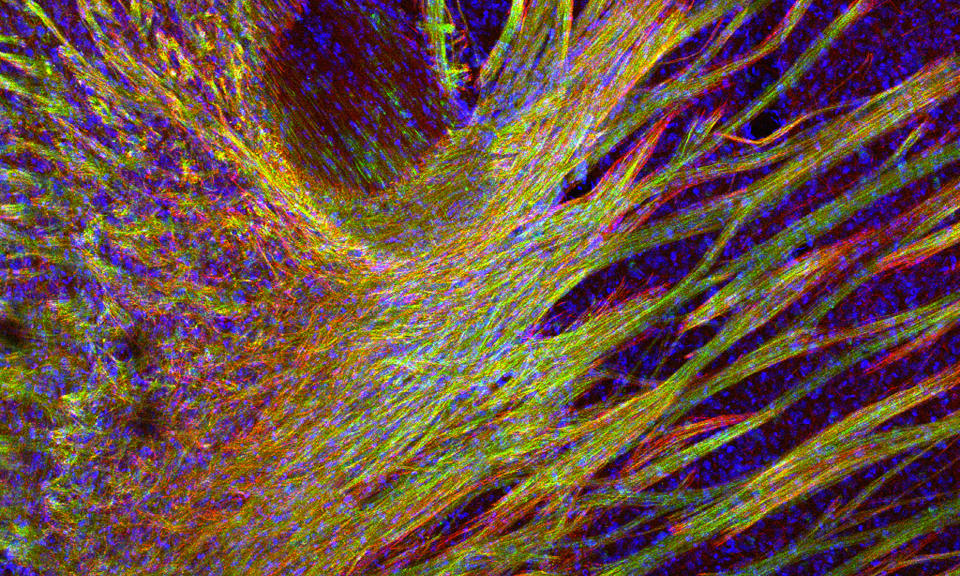
Navigating Axons: A Circuitous Route
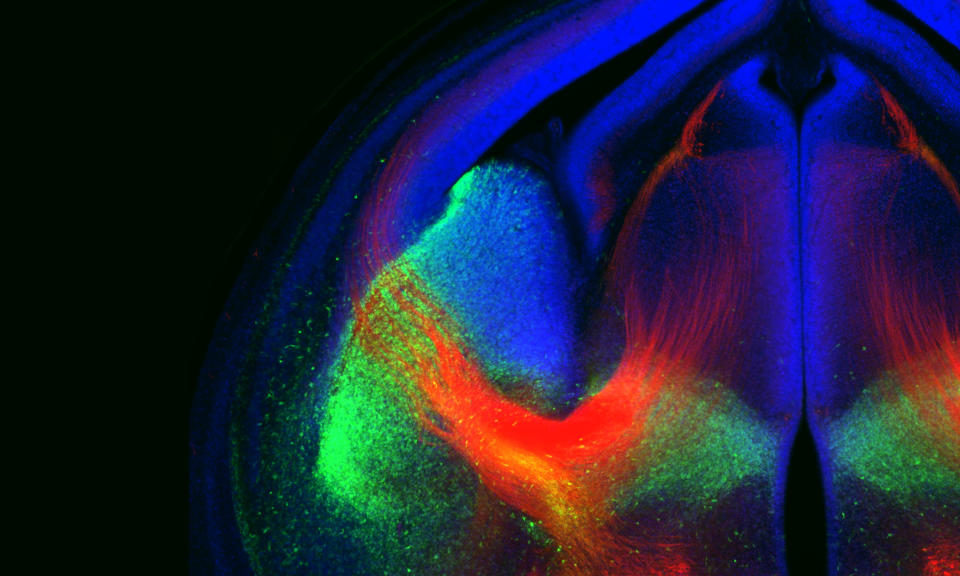
Glial Grandeur
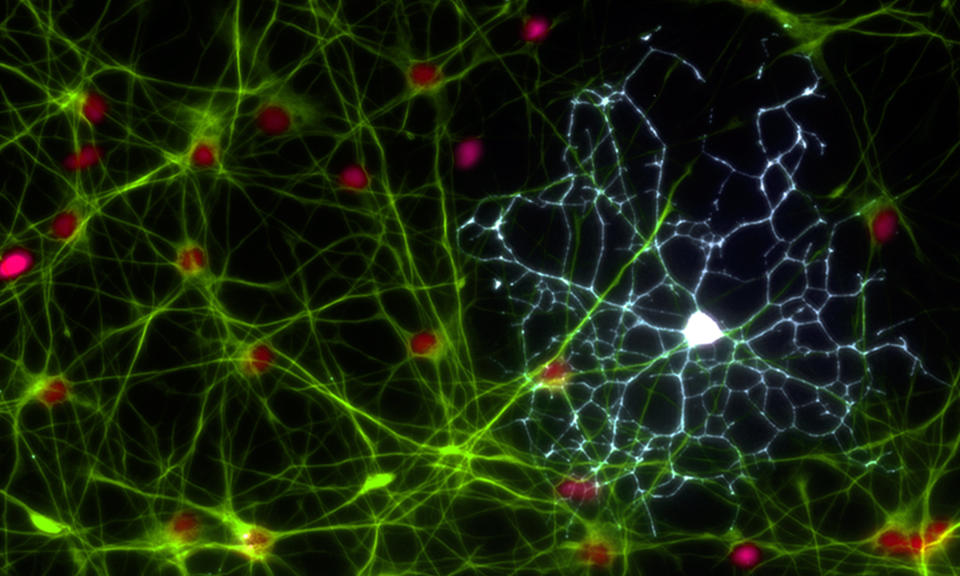
Female Mosaic

Breakdown In Communication
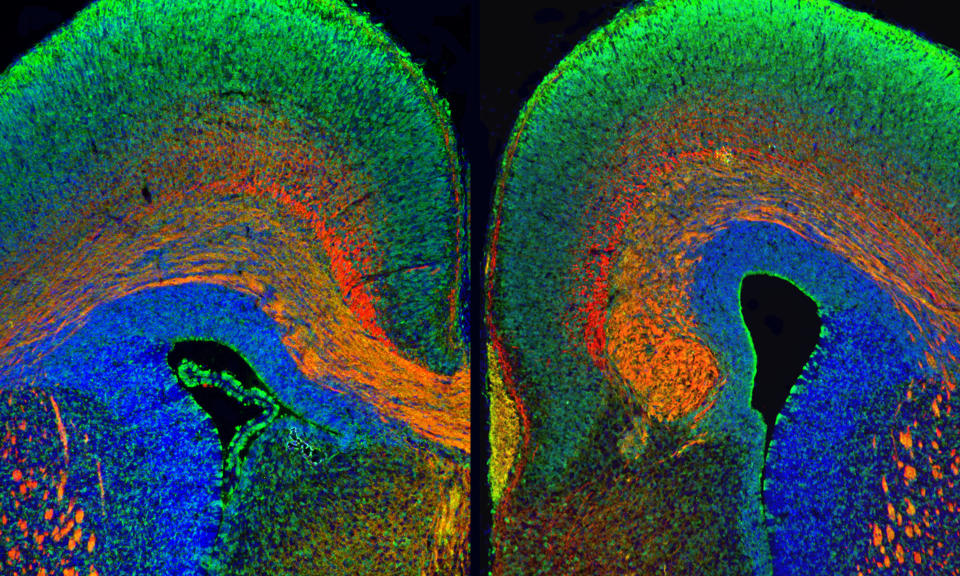
The Astrocyte
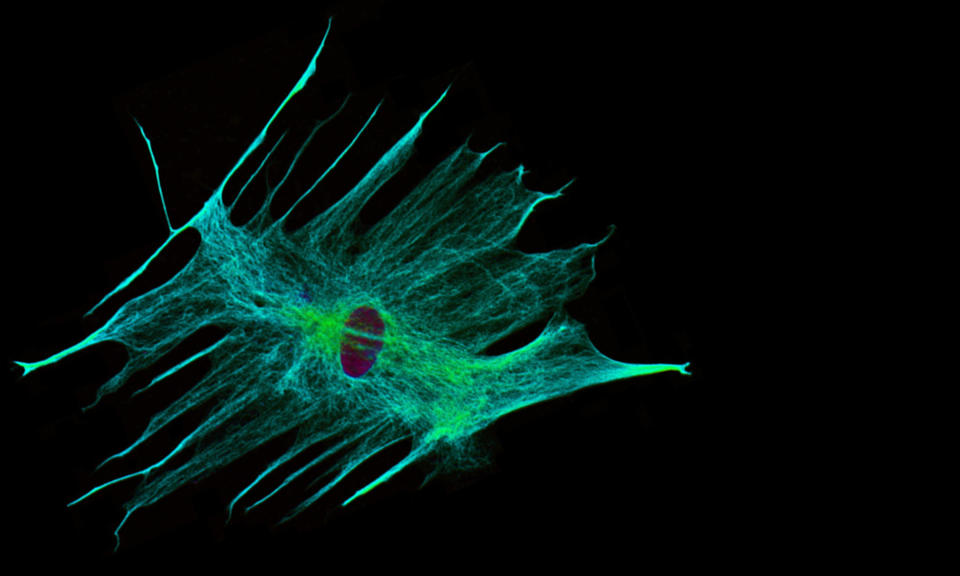
Neuron Networks

Wiring The Brain
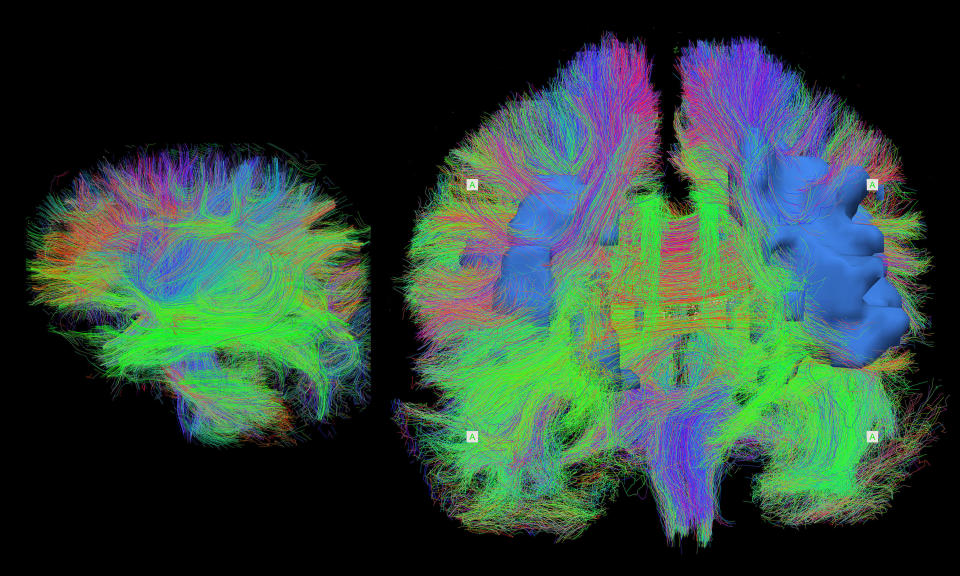
An Electron’s View Of The Brain
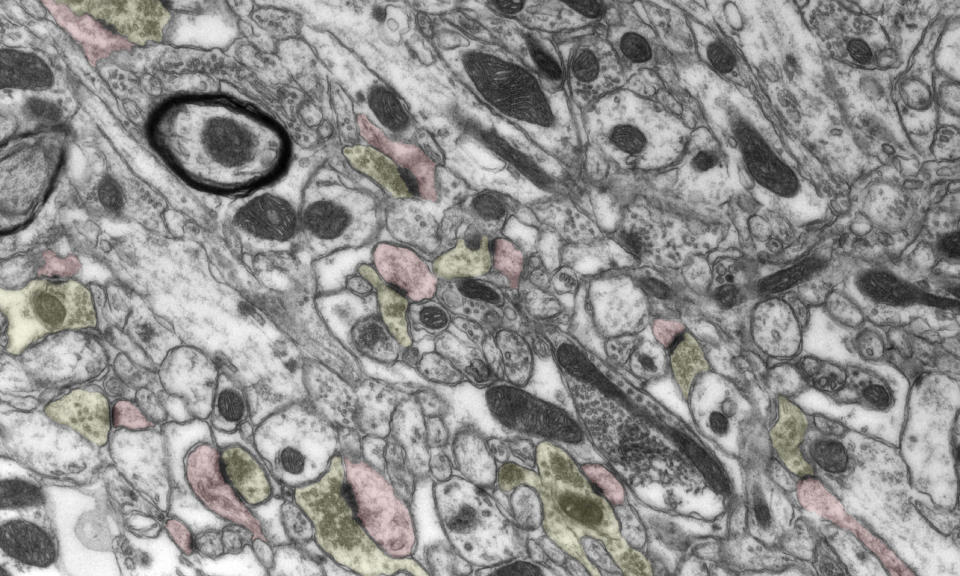
Circuit Building Block

Encoding Space
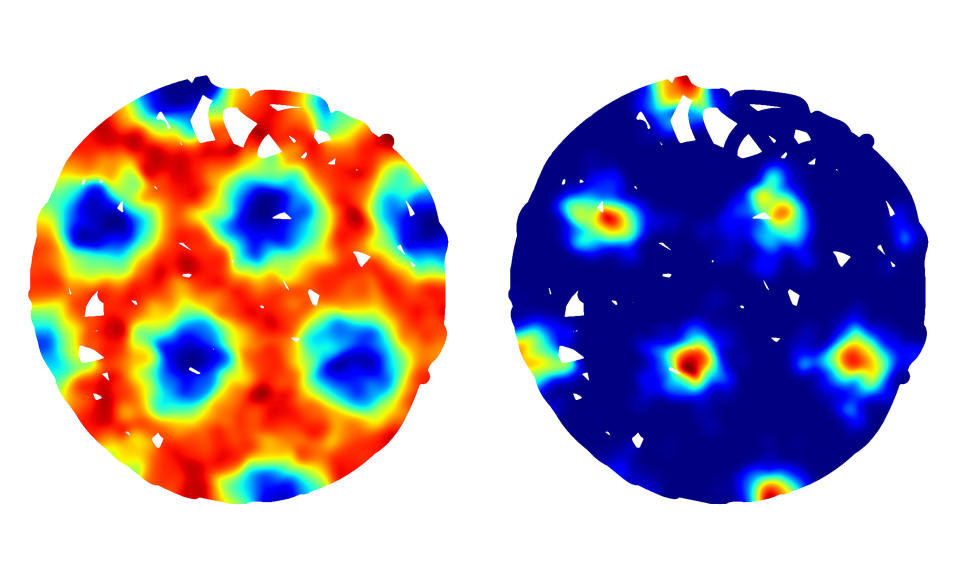
The Egg: Mendel's Moment
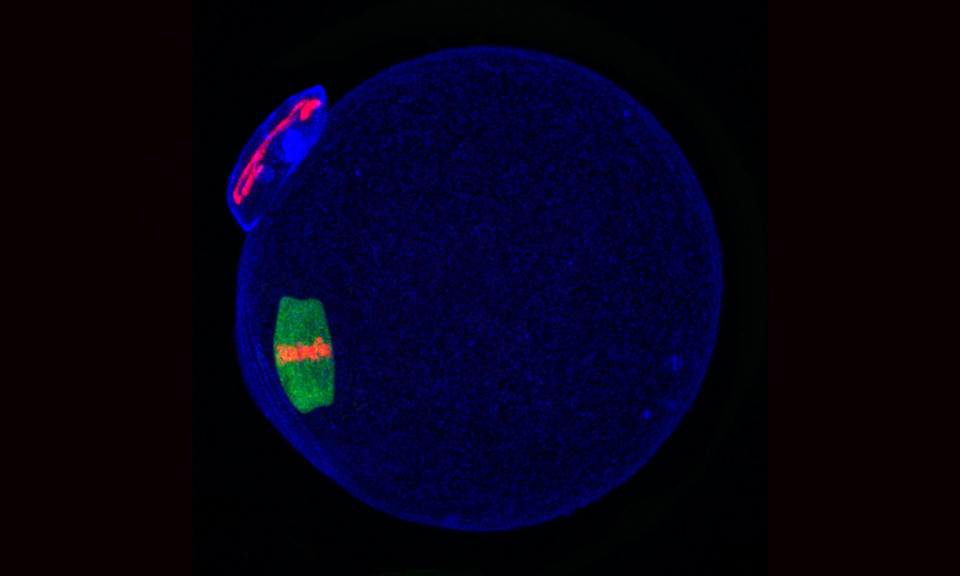
Regenerating Spinal Cord

High Fidelity

The Seahorse
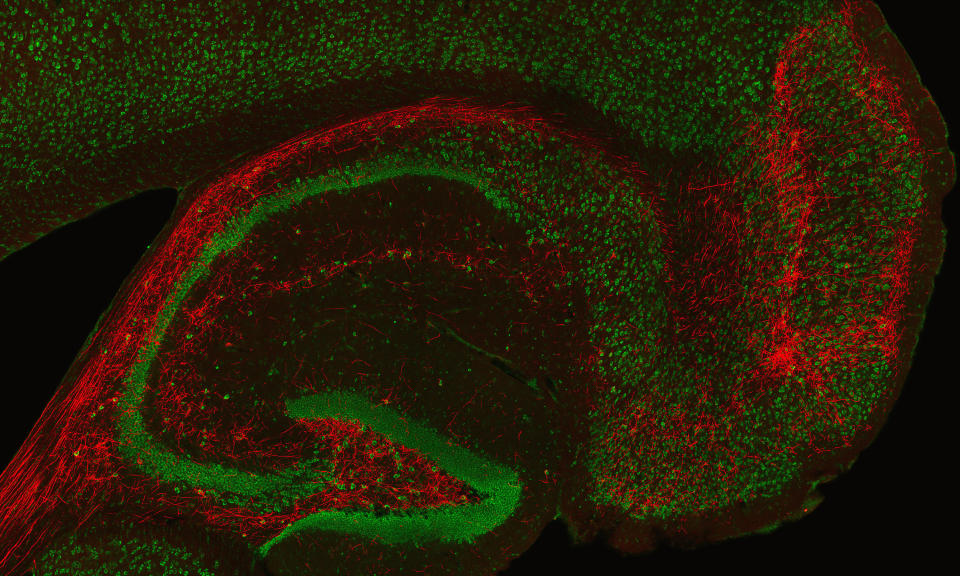
A Fragile Balance

This article originally appeared on HuffPost.

